Home>Gardening & Outdoor>Landscaping Ideas>How To Care For Maiden Grass
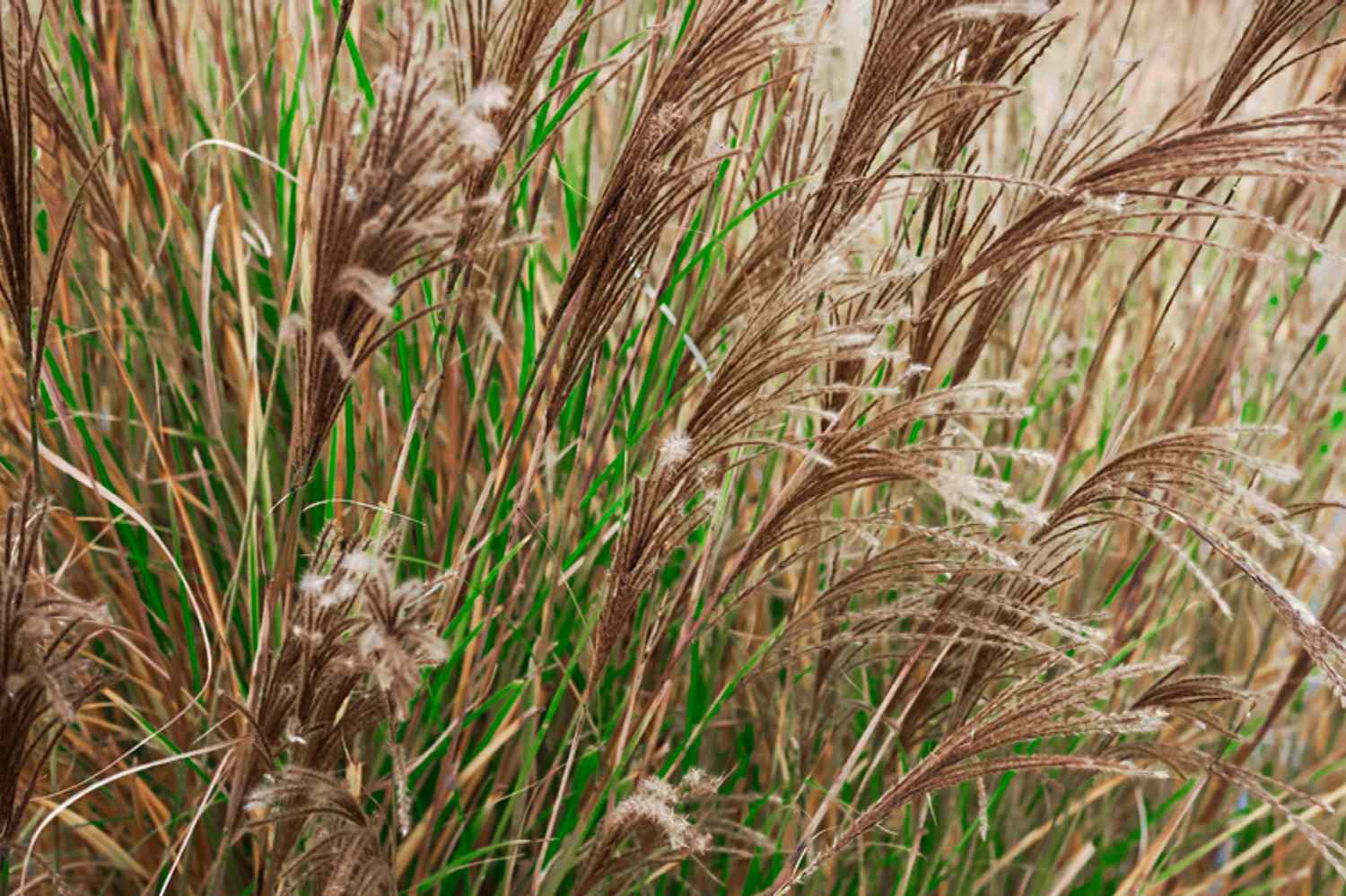

Landscaping Ideas
How To Care For Maiden Grass
Modified: October 20, 2024
Learn essential tips for caring for maiden grass and incorporating it into your landscaping ideas. Discover how to maintain and enhance the beauty of your outdoor space.
(Many of the links in this article redirect to a specific reviewed product. Your purchase of these products through affiliate links helps to generate commission for Storables.com, at no extra cost. Learn more)
Introduction
Maiden grass, scientifically known as Miscanthus sinensis, is a stunning ornamental grass that adds grace and elegance to any garden or landscape. With its graceful arching foliage and feathery plumes that sway in the breeze, this perennial grass is a popular choice for adding texture, movement, and visual interest to outdoor spaces.
This versatile grass is native to East Asia and has become a beloved favorite among gardeners and landscapers worldwide. Its adaptability to various soil types and climates, along with its low-maintenance nature, makes it an excellent choice for both experienced gardeners and novices looking to enhance their outdoor spaces.
In this comprehensive guide, we will explore the essential aspects of caring for maiden grass, from planting and watering to pruning, maintenance, and dealing with potential pests and diseases. Additionally, we will delve into the specific winter care requirements to ensure the continued health and beauty of your maiden grass through the colder months.
Whether you're considering adding maiden grass to your landscape or seeking to enhance the vitality of your existing plants, this guide will equip you with the knowledge and techniques needed to nurture and enjoy the beauty of this graceful ornamental grass. So, let's embark on this journey to discover the art of caring for maiden grass and unleash the full potential of your outdoor sanctuary.
Key Takeaways:
- Maiden grass adds grace and elegance to gardens. Plant in well-draining soil, water regularly, and apply balanced fertilizer for lush, low-maintenance growth.
- Protect maiden grass in winter with mulch and snow insulation. Monitor for stress and delay pruning for natural frost protection.
Read more: When To Plant Maiden Grass
Planting Maiden Grass
When it comes to planting maiden grass, thoughtful consideration of the location and soil preparation is crucial to ensure its successful establishment and long-term growth. Here are the key steps to follow when planting maiden grass:
- Choose the Right Location: Select a site that receives ample sunlight, as maiden grass thrives in full sun to partial shade. Additionally, ensure that the chosen location provides enough space for the mature size of the grass, as it can reach heights of up to 6-8 feet, depending on the variety.
- Prepare the Soil: Maiden grass prefers well-draining soil, so it’s essential to amend heavy clay or compacted soil with organic matter, such as compost or peat moss, to improve drainage and fertility. A soil pH ranging from slightly acidic to slightly alkaline (6.0-7.5) is ideal for optimal growth.
- Planting Depth: When planting maiden grass, dig a hole that is twice the width of the root ball but no deeper than the root ball’s height. Gently loosen the roots before placing the plant in the hole, ensuring that the crown sits at or slightly above the soil level to prevent rotting.
- Spacing: Space multiple maiden grass plants according to the specific variety’s mature width, typically ranging from 3 to 6 feet. This allows ample room for the plants to reach their full potential without overcrowding.
- Watering: After planting, thoroughly water the maiden grass to settle the soil and provide essential moisture for the newly transplanted roots. Subsequently, maintain regular watering until the plant becomes established, typically within the first growing season.
By following these planting guidelines, you can set the stage for healthy growth and development of your maiden grass, laying a solid foundation for its ornamental presence in your landscape. Next, we’ll delve into the crucial aspects of watering and fertilizing to sustain the vitality of your maiden grass over time.
Watering and Fertilizing
Proper watering and fertilizing are essential components of maintaining the health and vibrancy of maiden grass. Understanding the watering needs and implementing a suitable fertilization regimen can significantly contribute to the plant’s overall vigor and visual appeal. Here’s how to effectively manage watering and fertilizing for your maiden grass:
- Watering Frequency: During the initial establishment phase, consistent watering is crucial. Water the newly planted maiden grass regularly, ensuring that the soil remains consistently moist but not waterlogged. Once established, maiden grass is moderately drought-tolerant, but regular watering during prolonged dry spells is beneficial, especially in the absence of natural rainfall.
- Deep Watering Technique: When watering maiden grass, aim for deep, thorough saturation of the soil to encourage the development of deep roots. This practice promotes the plant’s resilience to drought conditions and minimizes the need for frequent watering.
- Fertilization Schedule: In early spring, as new growth emerges, apply a balanced, slow-release fertilizer specifically formulated for ornamental grasses. Avoid excessive nitrogen, as it can lead to overly lush foliage at the expense of the plant’s graceful form. Follow the manufacturer’s recommendations for application rates, and water the area thoroughly after fertilizing to aid in nutrient absorption.
- Mulching Benefits: Applying a layer of organic mulch around the base of the maiden grass offers multiple advantages, including moisture retention, weed suppression, and gradual enrichment of the soil as the mulch decomposes. Mulching also helps regulate soil temperature, particularly during temperature extremes, further supporting the plant’s well-being.
- Observation and Adjustment: Monitor the moisture levels in the soil regularly, especially during hot and dry periods, and adjust the watering frequency as needed. Avoid overwatering, as excessive moisture can lead to root rot and other detrimental issues.
By adhering to these watering and fertilizing practices, you can sustain the vitality and lush beauty of your maiden grass, ensuring that it continues to thrive and enhance your outdoor environment. Next, we’ll explore the essential techniques for pruning and maintenance to preserve the plant’s graceful appearance and prevent potential issues.
Pruning and Maintenance
Pruning and maintenance play a pivotal role in preserving the aesthetic appeal and health of maiden grass. While this ornamental grass is renowned for its low-maintenance nature, periodic care and attention are essential to ensure its continued elegance and vigor. Here’s a comprehensive overview of the key practices for pruning and maintaining maiden grass:
- Spring Pruning: In late winter to early spring, before new growth emerges, trim back the previous year’s foliage to a height of 4-6 inches above the ground. This rejuvenation pruning removes the dormant, weathered foliage, allowing the fresh new growth to take center stage and preventing the accumulation of debris within the plant.
- Division: Every few years, consider dividing mature maiden grass clumps to rejuvenate the plant and prevent overcrowding. The division process involves carefully digging up the clump, separating it into smaller sections, and replanting the divisions in suitable locations. This practice promotes vigorous growth and ensures the plant’s long-term vitality.
- Removal of Debris: Throughout the growing season, periodically remove any dead or discolored foliage, as well as spent flower plumes, to maintain a tidy and visually appealing appearance. This simple maintenance task also minimizes the risk of potential disease and pest issues.
- Soil Aeration: To promote healthy root development and overall vigor, consider aerating the soil around maiden grass using a garden fork or similar tool. Gently loosen the soil to enhance drainage and alleviate compaction, providing an optimal growing environment for the plant’s root system.
- Weed Control: Regularly inspect the area around the maiden grass for weeds and promptly remove any intrusive growth. Implementing a proactive approach to weed control helps prevent competition for essential nutrients and reduces the likelihood of weed encroachment.
By incorporating these pruning and maintenance practices into your gardening routine, you can uphold the graceful allure and robust health of your maiden grass, ensuring that it remains a captivating focal point in your outdoor landscape. Next, we’ll address the proactive measures for dealing with potential pests and diseases that may affect this ornamental grass.
To care for maiden grass, prune it in late winter or early spring before new growth appears to remove dead or damaged stems. Additionally, divide the plant every 3-4 years to maintain its health and vigor.
Dealing with Pests and Diseases
While maiden grass is generally resilient and less susceptible to pest infestations and diseases, proactive monitoring and timely intervention are essential for maintaining its optimal health and appearance. By familiarizing yourself with potential threats and implementing preventive measures, you can safeguard your maiden grass from common pests and diseases. Here’s a comprehensive overview of dealing with pests and diseases that may affect maiden grass:
- Pest Vigilance: Regularly inspect the foliage and stems of maiden grass for signs of insect activity, such as aphids, spider mites, or grasshoppers. If detected, consider using a gentle spray of water to dislodge small populations of pests. For more persistent infestations, targeted insecticidal treatments may be necessary, but exercise caution to minimize impact on beneficial insects.
- Fungal Concerns: While maiden grass is generally resistant to most fungal diseases, excessive moisture and poor air circulation can potentially lead to issues such as leaf spot or rust. To mitigate these risks, ensure adequate spacing between plants to promote air circulation and avoid overhead watering, which can contribute to foliage moisture retention.
- Preventive Measures: Implementing good cultural practices, such as maintaining proper spacing, providing adequate sunlight, and avoiding overfertilization, can bolster the plant’s natural defenses against potential pests and diseases. Additionally, promptly removing any diseased or damaged foliage can help prevent the spread of issues within the plant.
- Natural Predators: Encourage a diverse and balanced ecosystem in your garden to foster the presence of natural predators, such as ladybugs and lacewings, which help control aphid populations and contribute to a harmonious, pest-resistant environment.
- Early Intervention: If you notice any unusual symptoms or changes in the appearance of the maiden grass, promptly investigate and take appropriate measures to address the issue. Timely intervention can prevent minor concerns from escalating into more significant challenges.
By remaining vigilant and proactive in addressing potential pest and disease issues, you can fortify the resilience of your maiden grass and sustain its lush beauty without undue interruptions. Next, we’ll delve into the specific care requirements for ensuring the well-being of maiden grass during the winter months.
Read more: When Does Maiden Grass Start To Grow
Winter Care
As the seasons transition into winter, it’s essential to implement specific care measures to protect and support the resilience of maiden grass during the colder months. While this ornamental grass exhibits a strong tolerance for winter conditions, proactive steps can help ensure its vitality and prepare it for a robust return in the following growing season. Here’s a comprehensive overview of the key winter care practices for maiden grass:
- Delaying Spring Cleanup: Consider postponing the spring pruning of maiden grass until late winter, allowing the dormant foliage to provide natural protection from harsh winter elements. The previous year’s growth acts as a safeguard, shielding the crown and emerging shoots from potential frost damage.
- Protective Mulching: Applying a layer of organic mulch around the base of the maiden grass in late fall can offer insulation and moisture retention benefits. The mulch helps moderate soil temperatures and provides a protective barrier against extreme temperature fluctuations, contributing to the plant’s winter hardiness.
- Minimizing Moisture: During winter, it’s crucial to strike a balance in moisture management. While maintaining adequate soil moisture is essential, excessive wetness can pose a risk of root rot in cold, waterlogged soils. Adjust watering practices based on weather conditions, aiming to keep the soil slightly moist but not saturated.
- Snow Accumulation: In regions with significant snowfall, the accumulation of snow around the base of maiden grass can provide additional insulation and protection from freezing temperatures. Avoid compacting the snow directly over the plant, as excessive weight can potentially cause damage to the foliage and stems.
- Monitoring for Issues: Periodically inspect the maiden grass during winter for any signs of stress, such as excessive browning or damage. Address any concerns promptly, taking appropriate measures to mitigate potential issues and ensure the plant’s well-being.
By implementing these winter care practices, you can fortify the resilience of your maiden grass and nurture its capacity to withstand the challenges of the winter season. With thoughtful attention and proactive measures, you can set the stage for a flourishing display of maiden grass when spring breathes new life into the outdoor landscape. As we conclude this comprehensive guide, let’s reflect on the key insights and practices for caring for this graceful ornamental grass.
Conclusion
Throughout this comprehensive guide, we’ve delved into the art of caring for maiden grass, a captivating ornamental grass renowned for its grace and versatility in outdoor landscapes. From the initial planting stages to ongoing maintenance and winter care, nurturing maiden grass involves a blend of thoughtful practices and proactive measures to ensure its enduring beauty and vitality.
By selecting an ideal location, preparing the soil, and providing appropriate watering and fertilization, you can establish a strong foundation for the maiden grass to thrive. Thoughtful pruning and maintenance, coupled with vigilance against potential pests and diseases, contribute to the plant’s overall health and visual appeal.
As the seasons transition into winter, specific care measures, such as protective mulching and monitoring for stress, support the maiden grass through colder months, preparing it for a resilient return in the following growing season.
Whether adorning garden borders, accentuating naturalistic landscapes, or adding texture to ornamental beds, maiden grass stands as a testament to nature’s artistry and the rewards of attentive care. Its arching foliage and gracefully swaying plumes enrich outdoor sanctuaries, inviting moments of tranquility and admiration.
As you embark on your journey of tending to maiden grass, may this guide serve as a source of inspiration and practical wisdom, empowering you to cultivate a thriving and enchanting display of this beloved ornamental grass. With each season, may the beauty of maiden grass unfold, weaving its elegance into the tapestry of your outdoor haven.
Embrace the art of caring for maiden grass, and revel in the enduring allure it bestows upon your landscape, a testament to the harmonious coexistence of nature’s splendor and the nurturing touch of dedicated gardeners and enthusiasts.
Frequently Asked Questions about How To Care For Maiden Grass
Was this page helpful?
At Storables.com, we guarantee accurate and reliable information. Our content, validated by Expert Board Contributors, is crafted following stringent Editorial Policies. We're committed to providing you with well-researched, expert-backed insights for all your informational needs.



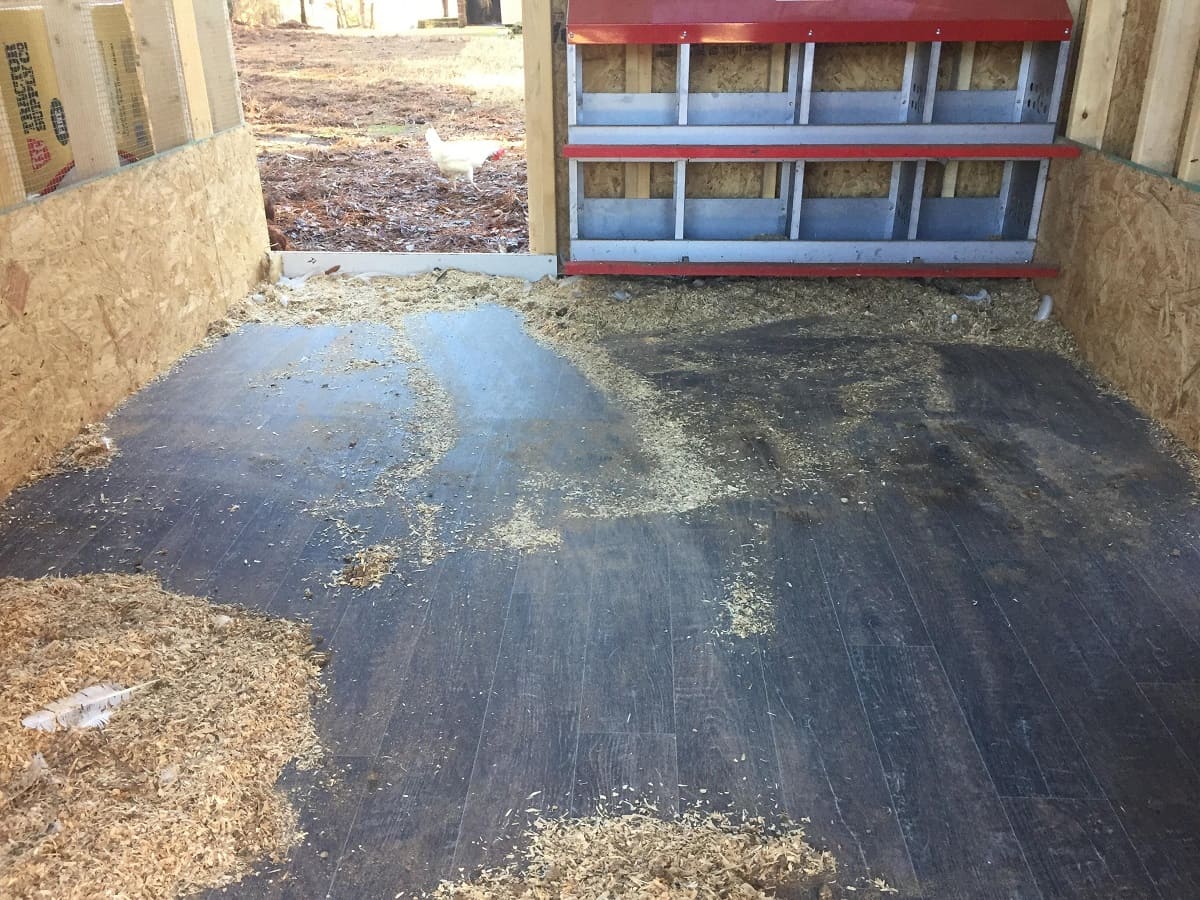


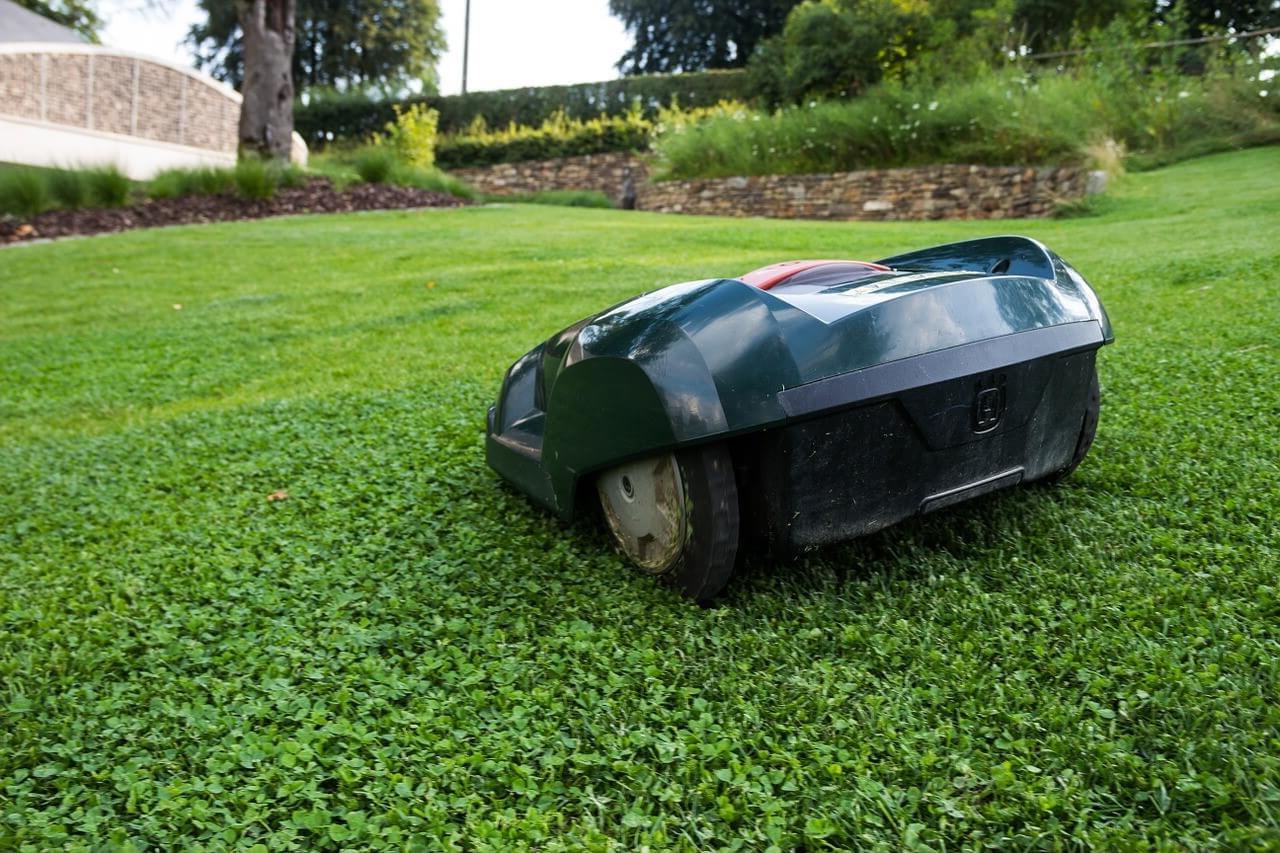


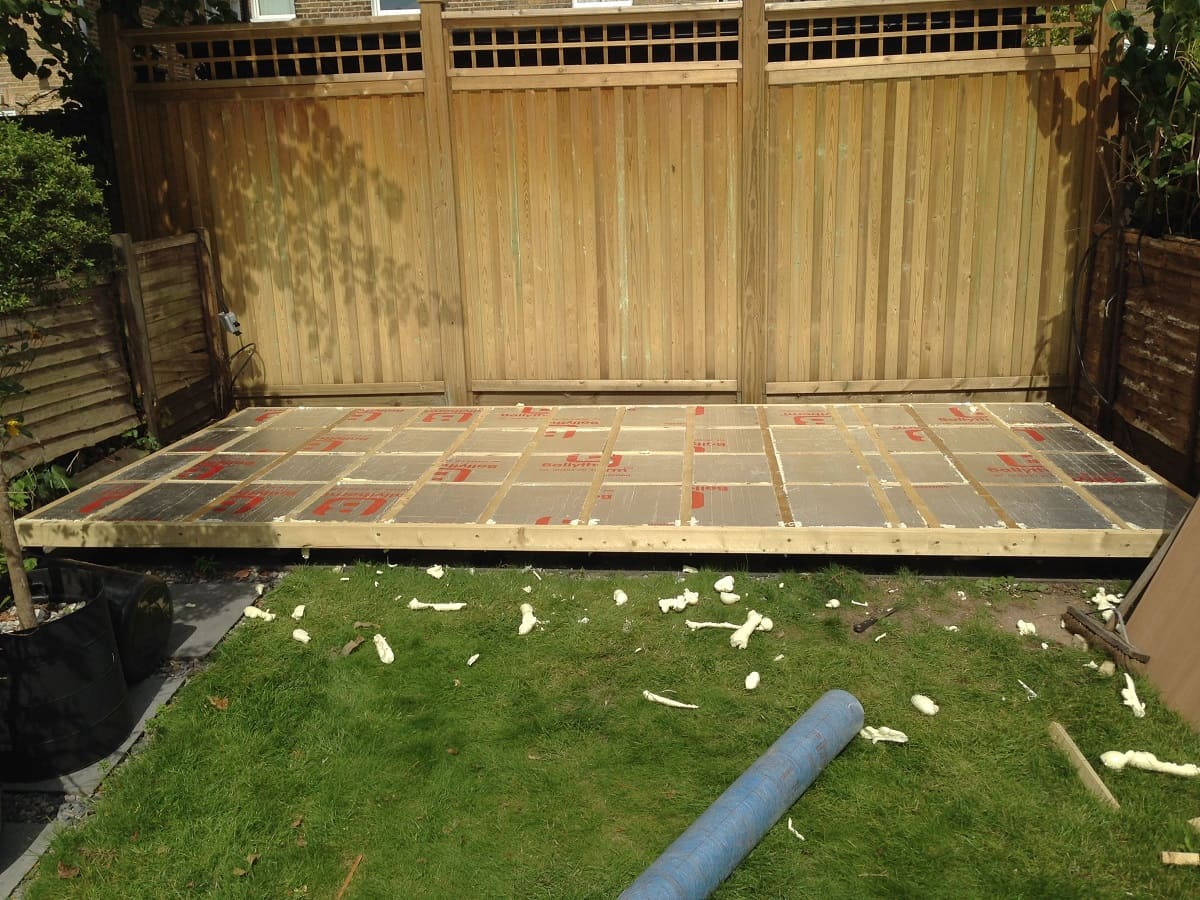

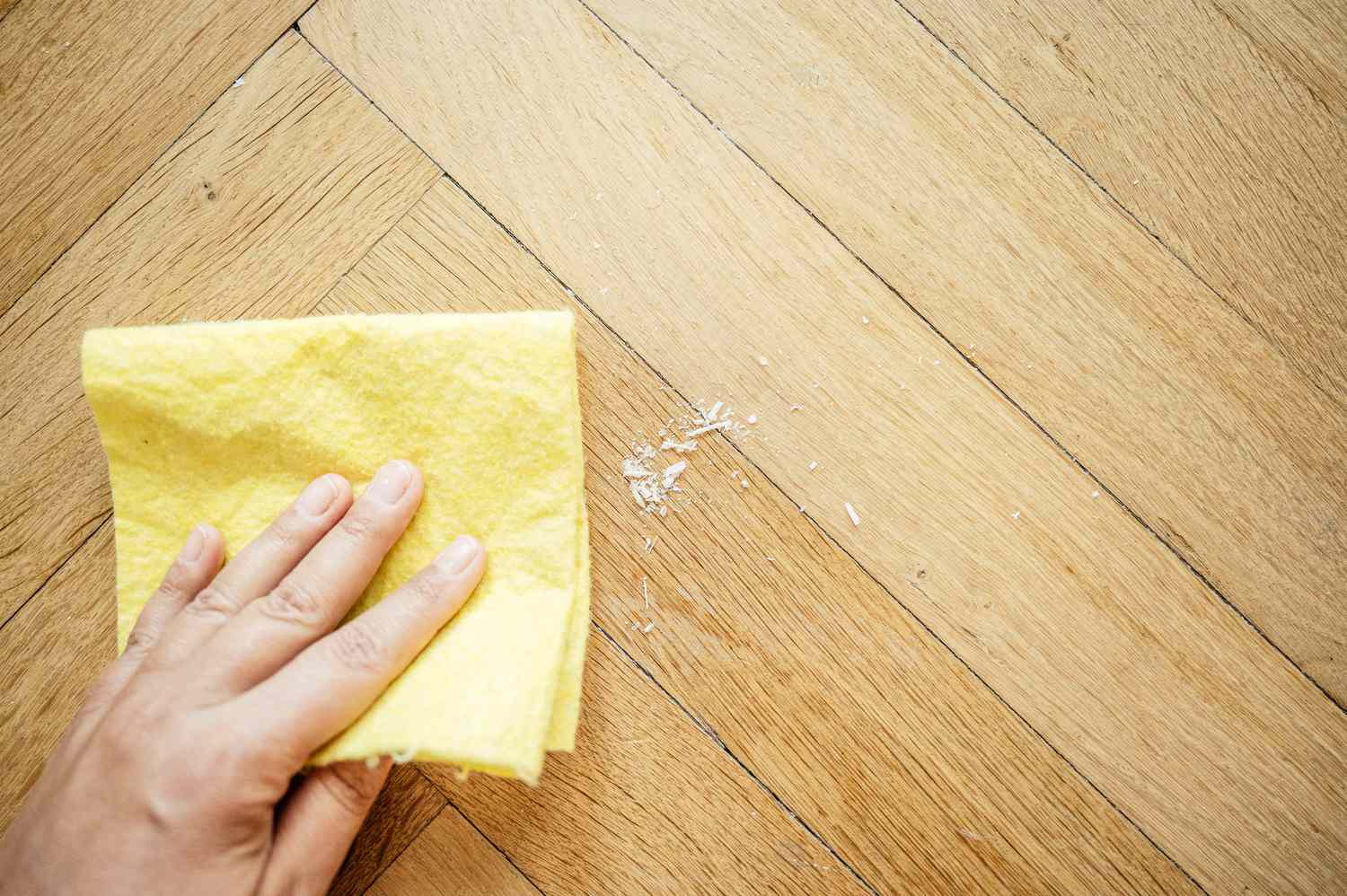
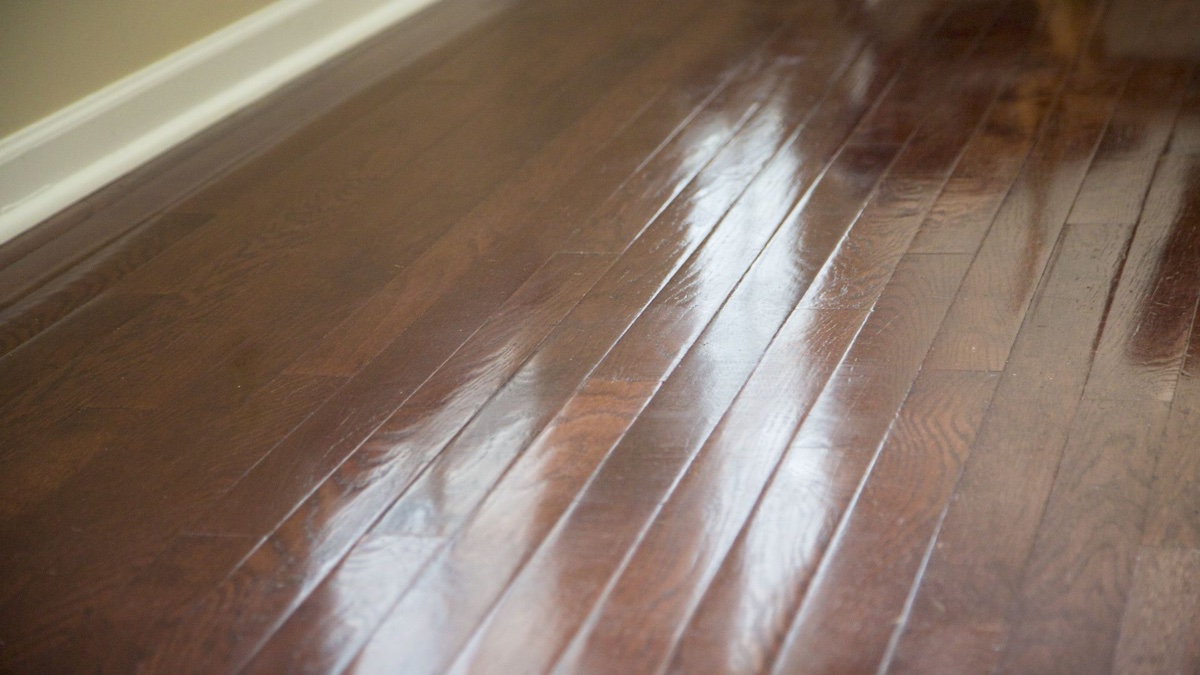


0 thoughts on “How To Care For Maiden Grass”